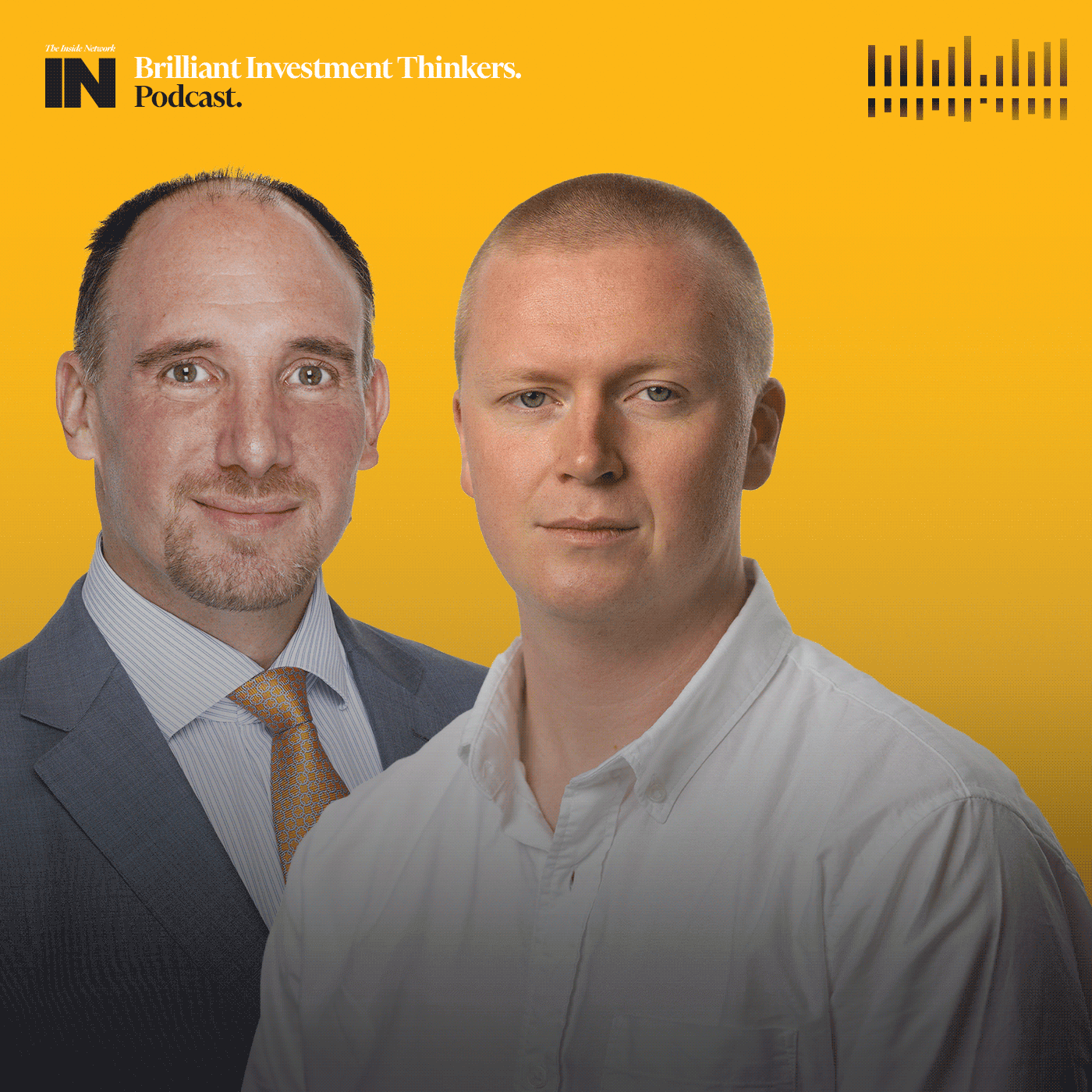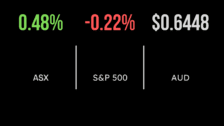How is your porridge?
Too hot, too cold or, just right? It is suggested that this fairy tale has two moral issues: firstly, the sense of entitlement as Goldilocks freely samples the bears’ home and contents; and secondly, question of what is ‘just right’.
As the banks cut their dividends earlier this year, there was much teeth-gnashing on how they were depriving investors of their entitlement to high dividend yields. Reality has dawned that the long-held belief of payouts and an adequate capital buffer are rarely both realistic in the long run. Banks join other industries; not that long ago, the distributions from the big mining companies and the likes of Telstra also underwent a painful reset.
Today the rolling one-year forward yield for the S&P/ASX 200 is estimated at 3.5%. At face value its not that bad, but clearly, nothing like the past. Plus, the mix of stocks that are fundamentally unattractive ( the too-cold basket) and those with high potential but low or no dividends (too-hot basket), leave thin pickings for ‘just right’ stocks with a decent balance of real capital growth and respectable yield.
The long-proposed notion that income will have to come from a mix of capital gain to complement the lower overall yield in an investment portfolio is now upon us.
Turning to the valuation of equity markets in general: is the S&P/ASX 200 expensive and on what measure? Many report the one-year forward P/E at 18-19 times (depending on exact treatment of provision and other adjustments, itself another topic of debate) compared to the historical average of 14-15 times. Conversely, the CAPE (cyclically adjusted earnings ratio) is closer to its long-run average, which is no surprise, as its discounts short term P/E spikes.
We are becoming all too familiar with the divide between the adulation of high-growth companies versus the despair in value stocks. Does the average therefore really matter? If not, what is the ‘just right’ that should anchor our allocations?
Even within sectors it becomes complicated. Back to the banks as the example. In their heyday, it was usual for the big four to trade at near 2 times book value and on P/Es in the mid-to-high-teens. Then consider the sharp fall in return on equity after the financial crisis, the anaemic credit growth of today and the regulatory framework, yet P/Es are still in the mid-teen range. Does the basis of any historic valuation retain relevance?
Banks are not the be-all-and-end-all of the S&P/ASX 200; here is a bet their position will continue to decline. But their uniformity and still-weighty size means that they can bias the data.
The ‘just right’ valuation is a subjective beast. On a relative basis, global comparisons are certainly worthy of reflection. Why overpay for stocks here compared to equivalent growth, yield and supportive characteristics that are at lower valuations elsewhere? Other intrinsic valuation metrics (DCF etc.) are helpful. They can raise relevant questions about the assumptions behind growth expectations without constant reference to relatives.
The right temperature and consistency of an investment’s porridge can have a wide variation. Sceptics may raise their eyebrows that 14 times P/E or 16 times P/E are possibly both correct.
But the question of whether the current market is too hot is also appropriate. In the fairy tale, Goldilocks is sprung by the return of the bears. The moral question is whether she ran away based on fear or whether she was sorry for having invaded the home. Today she might want to wake up before the bears arrive, contemplate the big challenges to the local economy in the next 6 to 12 months, and consider what she should tell the bears when they return, rather than await the surprise.










